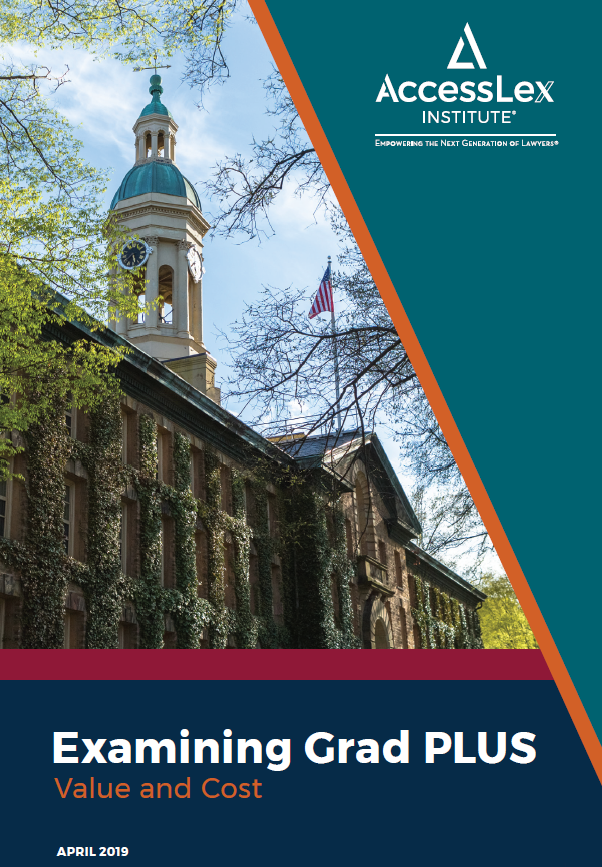Examining Grad PLUS: Value and Cost
Examining Grad PLUS: Value and Cost
Overview
This report, the first in a two-part series, uses federal data to show that the primary criticisms of the Grad PLUS program—rising institutional education costs and potential cost to the federal government—are either nonexistent or massively overblown.
April 2019

Executive Summary
Federal student loan programs, along with student borrowing and repayment, have been examined by scholars and news outlets for the past several years as debate about student debt and the value of higher education has entered mainstream consciousness. As Congress seeks to deliberate about educational value, chiefly through reauthorization of the Higher Education Act (HEA), it is critical that it is armed with accurate context, data and potential effects of proposed policy changes.
The value discussion, as it relates to graduate and professional education and federal policy, has centered on the Grad PLUS loan program. There have been calls to severely limit, or, worse yet, outright eliminate the program. These proposals are misguided at best and, if implemented, would likely result in pronounced negative unintended consequences.
This report, the first in a two-part series, uses federal data to show that the primary criticisms of the Grad PLUS program—rising institutional education costs and potential cost to the federal government—are either nonexistent
or massively overblown. Here are the key takeaways from this report:
- The Grad PLUS program plays an important role in providing access to graduate education, and the benefits gained by the individual and, more importantly, society writ-large from a more educated workforce must be maintained. Eliminating or limiting Grad PLUS will be harmful to the fundamental purpose of the HEA: expanding access.
- There is no evidence to suggest the introduction and existence of the Grad PLUS program has caused a significant increase in the cost of graduate and professional education. Concerns about higher education costs inflating, specifically at the graduate and professional level, because of readily available federal funds (the so-called Bennett hypothesis), are not supported by data.
- For academic year 2015-16, we estimate that less than 1 in 10 graduate degree recipients would be eligible for any substantial time-based forgiveness if enrolled in an income-driven repayment plan. The small number and proportion of graduates that are potentially eligible for meaningful forgiveness suggests concerns about future costs are exaggerated. Moreover, the Government Accountability Office’s analysis of supplemental federal data suggest that even our modest estimation may be too high.